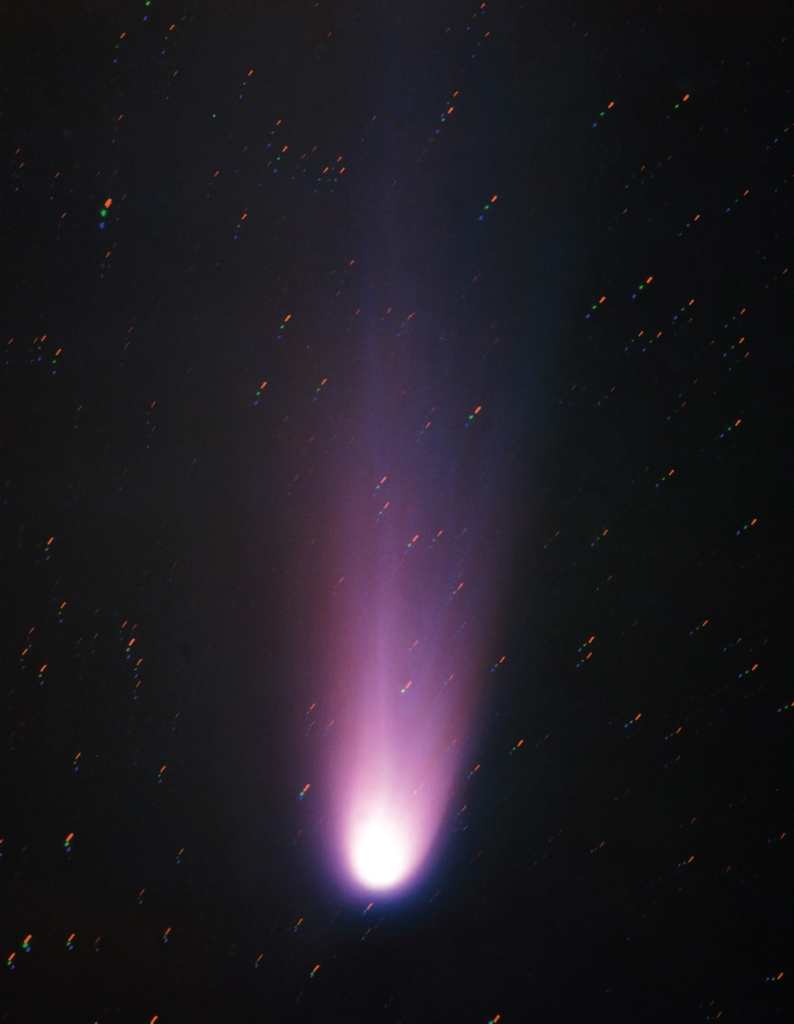Every 75 years or so, Halley’s Comet, also known as Comet Halley, passes through Earth’s neighborhood along its orbit. Since the dawn of man, many humans have been fortunate enough to see it twice in their lifetimes.
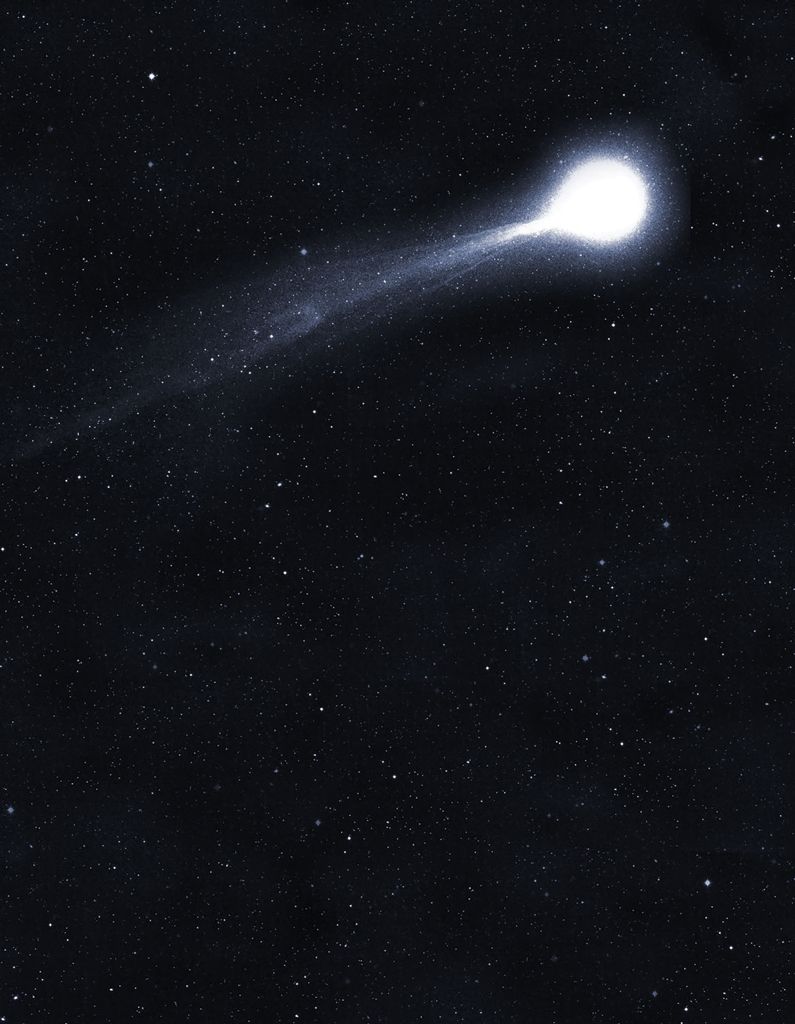
American astronomer Fred Whipple coined the phrase “dirty snowball” to describe the composition
of comets we are familiar with today. Comets are made of ice, dust, and small particles of rock. They are solar system bodies that usually orbit the sun in highly eccentric orbits that could take them millions of years to complete. Comets that take less than 200 years to make the journey, like Halley’s, are called periodic. When these cosmic travelers pass closer to the sun, the warmth heats the icy nucleus and it begins to release gasses. This produces the characteristic “coma,” or what we call the comet’s tail.
Civilizations around the world have recorded the regular appearance of Halley’s Comet. The first confirmed sighting is believed to have been made by Chinese astronomers in 239 BCE, documented in the Shih Chi and Wen Hsien Thung Khao chronicles. However, in 2010 researchers with Brigham Young University at Provo, Utah reviewed Greek histories describing a meteor strike in the Hellespont region between 468 and 466 BCE, which occurred at the same time as a comet sighting. Based on the timing and trajectory of the comet described, this might possibly be the earliest recorded sighting of Comet Halley.
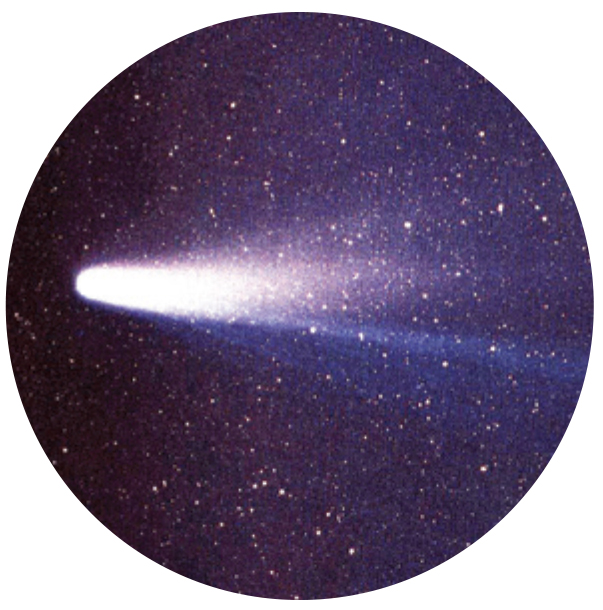
The Babylonians documented astronomical observations in cuneiform texts called astronomical diaries. Only a handful survive, but archaeologists have discovered tablets and fragments that date from ca. 750 BCE to possibly as late as 75 CE. Though heavily damaged, what remains of these texts tells us the Babylonians had meticulously mapped the sky and made daily observations of the movements of celestial bodies. In both 164 and 87 BCE the Babylonians recorded the apparition of a comet. Researchers have been able to use the astronomical data about the path and timing of the sightings to confirm these were both Comet Halley.
Roman records first document the appearance in 12 BCE and again in 66 CE by Flavius Josephus. This apparition was considered a harbinger of the Roman destruction of Jerusalem.
It was the return of Halley’s Comet in 1066 CE that cemented its place in the annals of historic omens. Its appearance in the skies that winter was taken as a portent of bad news for Anglo-Saxon King Harold II. William the Conqueror would lead the Norman invaders to victory months later at the Battle of Hastings.
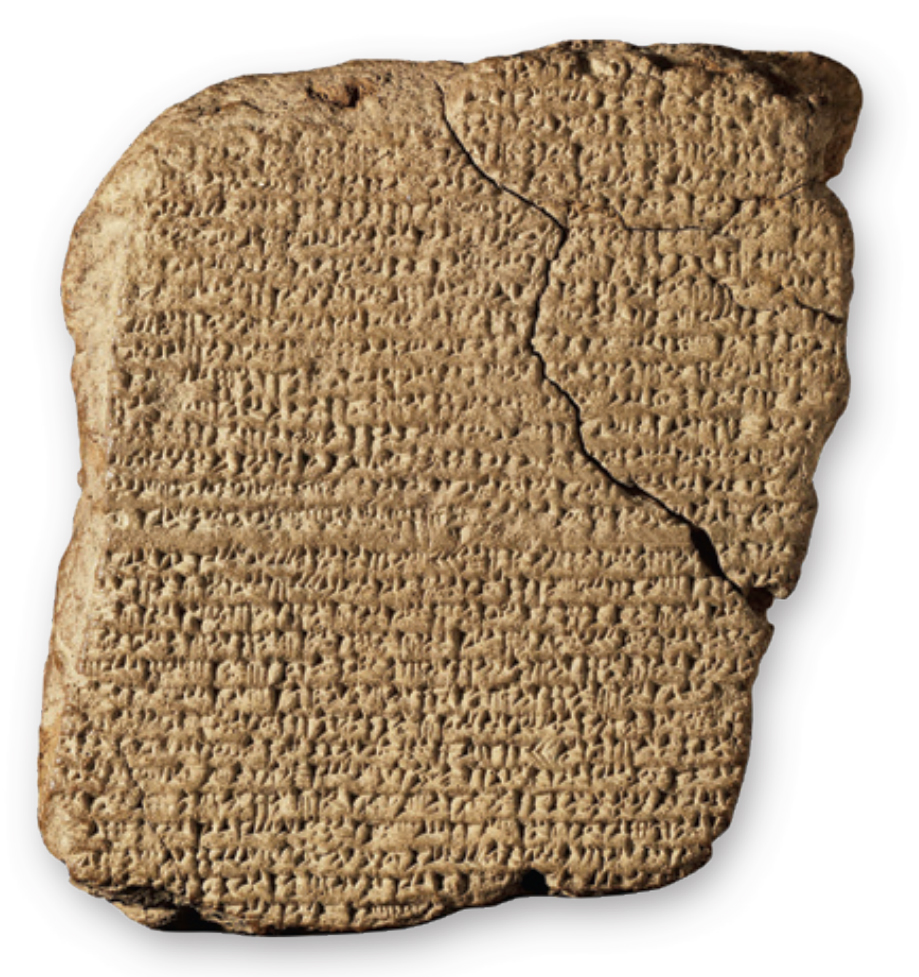
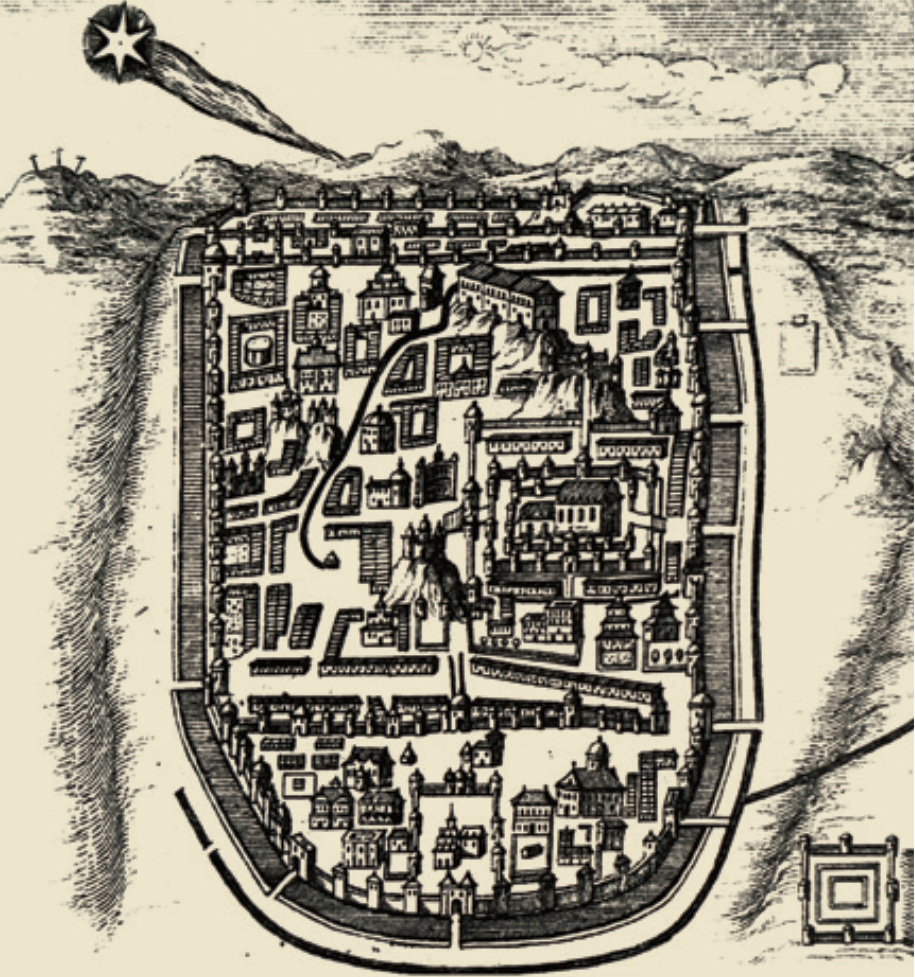
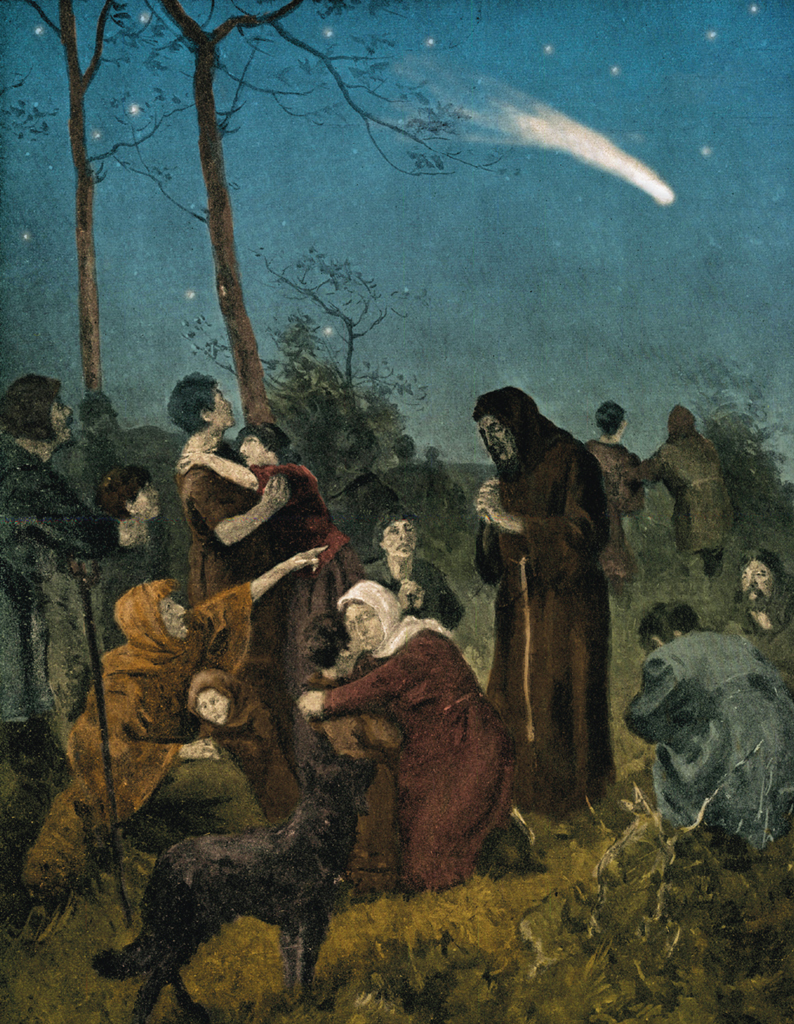
Identifying Halley’s Comet
Edmund Halley (1656–1742), a British astronomer, mathematician, and physicist, determined in the 17th century that the comet that passed overhead in 1531, 1607, and 1682 was the same body. He was an accomplished scientist who throughout his career made invaluable contributions to star charts, recorded Mercury’s transit across the sun, and calculated the size of the solar system based on Venus’s orbit. A protégé of Sir Isaac Newton, Halley made observations to prove Newton’s laws of motion and funded the publication of the Principia Mathematica. From an observatory on Saint Helena island in the southern Atlantic in September of 1682 he observed the same comet reported 75 and 76 years earlier, calculated its orbit, and predicted its return. The comet was named after him posthumously when it appeared, as he predicted, in 1758.
Incidentally, the name “Halley” is traditionally pronounced like valley. It is believed that the American pronunciation is due to an association with the 1950s band Bill Haley and his Comets. Halley’s Comet’s last pass was in 1986, which was unfortunately a poor opportunity to observe the comet for Earth-dwellers: not only were we on opposite sides of the sun, but the comet was relatively far away compared to earlier passages, and our modern visibility was diminished by pollution. Fortunately, for the first time in human history, we were able to go to it. The Soviet Union, the European Space Agency, and Japan launched probes to study and photograph the comet. The International Cometary Explorer, a satellite launched in 1978 in a heliocentric orbit to study solar winds and earth’s magnetosphere, was repurposed in 1982 to intercept comets. It flew through Halley’s tail, collecting vital data. Our next opportunity to see Comet Halley will be in 2061.Ä
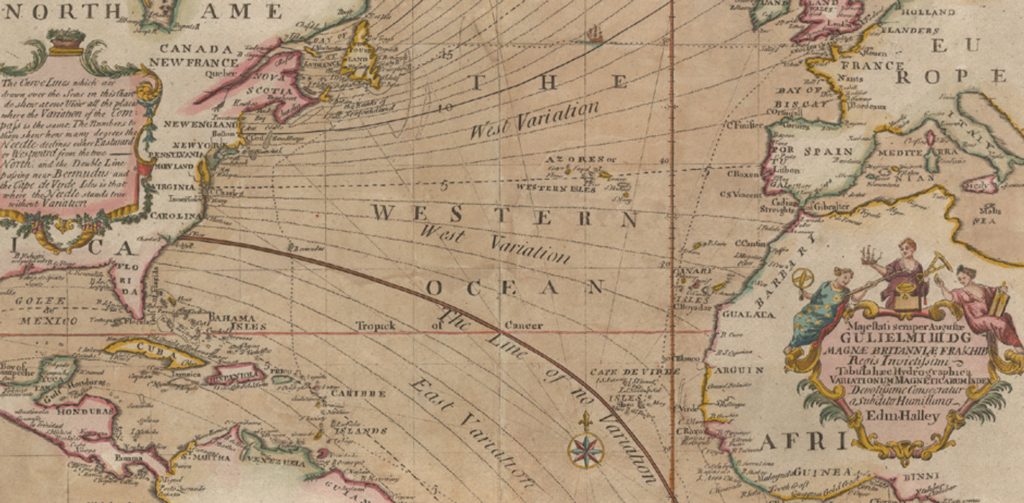
CHRISTINA GRIFFITH is Associate Editor of Expedition.
FOR FURTHER READING
Edwards, L. “First sighting of Halley’s Comet pushed back two centuries.” PhysOrg, September 13, 2010. https://phys.org/ news/2010-09-sighting-halleys-comet-centuries.html#jCp
Graham, D.W. and E. Hintz. “An Ancient Greek Sighting of Halley’s Comet?” Journal of Cosmology 9 (2010): 2130–2136. journalofcosmology.com/AncientAstronomy106.html
Stephenson, F.R., K.K.C. Yau, and H. Hunger. “Records of Halley’s Comet on Babylonian tablets.” Nature 314 (1985): 18.

